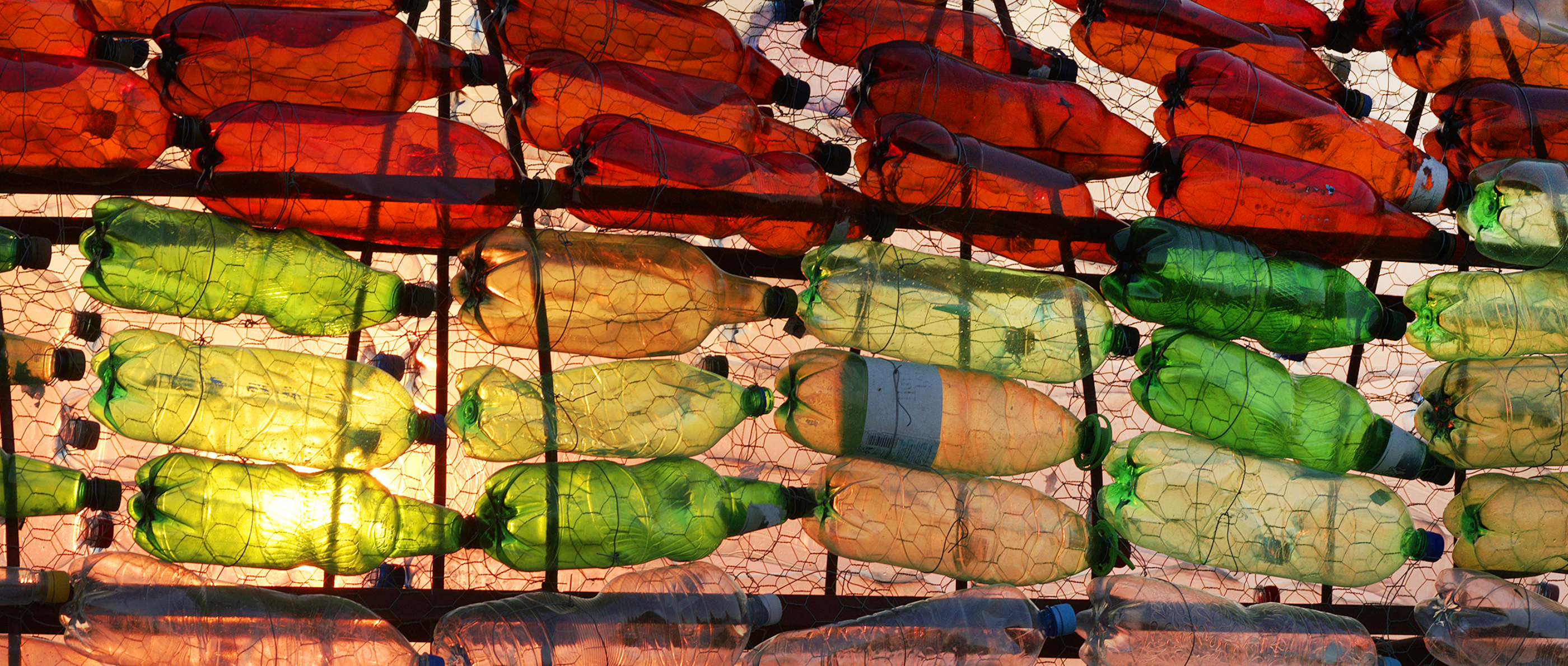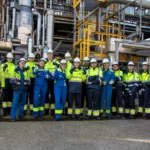
Today, just 15% of EU-collected plastic waste in the EU finds its way back into the EU plastic market. Chemical recycling can treat waste that can’t be recycled mechanically, and therefore plays an important role in the mix of solutions to tackle the problem of plastic waste.
Mixed or contaminated plastic waste is currently burned in an incinerator, ends up in a landfill or litters our streets and waterways. Chemical recycling is the only technology available today that can change this.
Since the application of this technology to treat mixed plastic waste is relatively new and is still rapidly developing, it understandably poses legitimate questions about its carbon footprint and market viability.
This is why the chemical industry is now conducting a number of life cycle assessments looking more closely into the environmental impact. For example, one of the most recent studies has found that chemical recycling (pyrolysis) of mixed plastic waste emits 50% less CO2 than incineration of the same waste. These findings confirm previous studies that showed a clear advantage of chemical recycling over incineration. Some studies also show that chemically recycled plastics have a lower carbon footprint than plastics made from fossil resources.
Chemical recycling may have an additional benefit as well; it can potentially remove the so-called “legacy chemicals” and substances of very high concern (SVHC) from plastic waste.
The chemical industry is committed to further improving this technology through its research and development efforts. We also believe that the actions by the Circular Plastic Alliance platform and similar initiative will create a more dynamic market for recycled plastic, which will also increase demand in chemical recycling. This why it is important for chemical recycling to stay part of the EU’s innovation agenda and benefit from Green Recovery investments.










